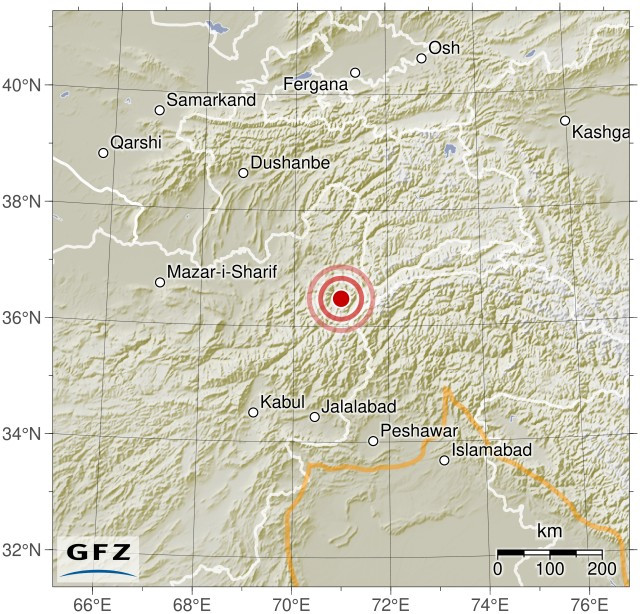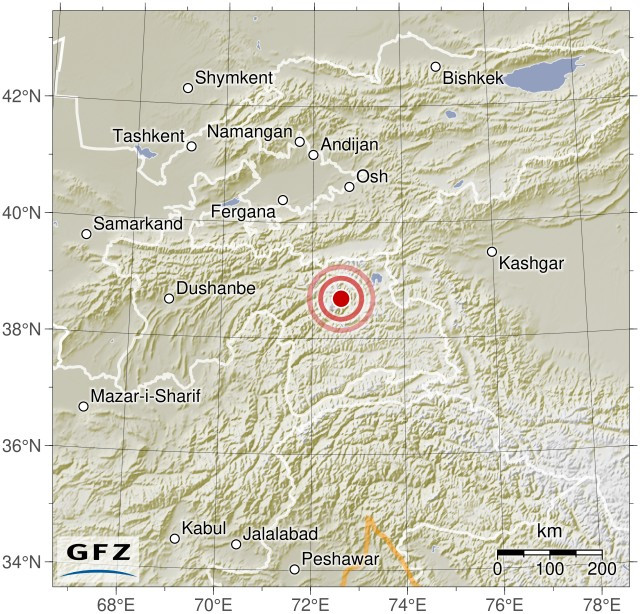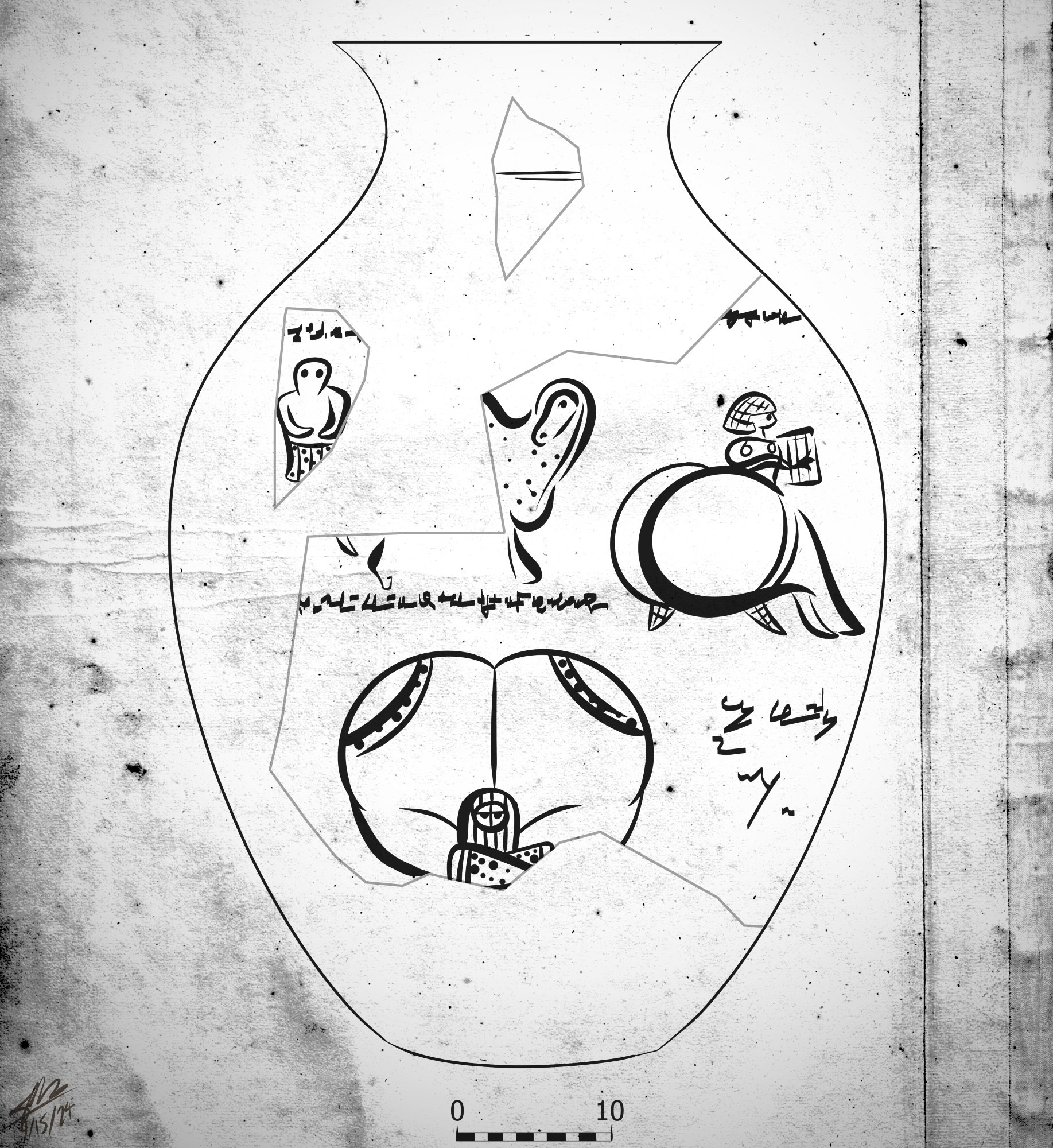21 October 1907 4:24 UT Mw7.4 earthquake hit Qaratog, near the border between Uzbekistan and Tajikistan, triggering huge landslides and killing between 12,000 and 15,000 people. Great aftershocks followed. earthquake.usgs.gov/earthquakes/dx.doi.org/10.1016/j.cr...archive.org/details/digi...
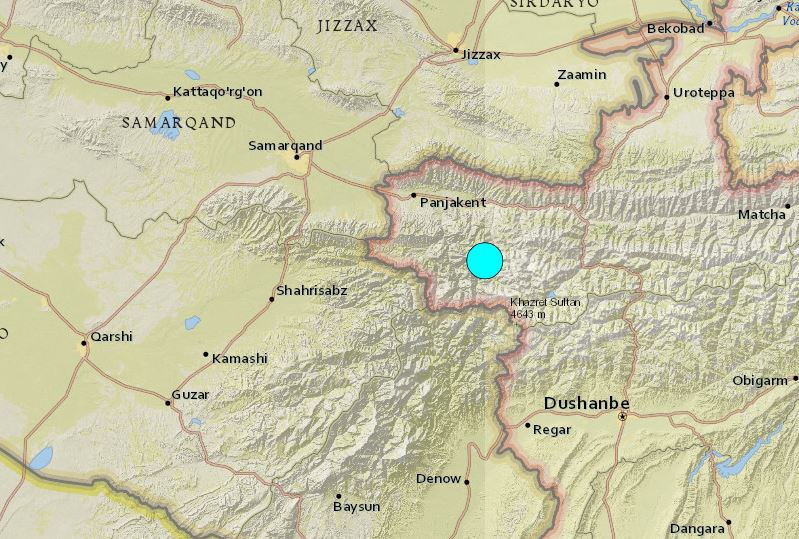



The 1907 Qaratog #earthquake struck on October 21 near Qaratog, in the border area between Uzbekistan and Tajikistan. It had a magnitude of 7.4 and a maximum intensity of IX. The disaster resulted in 12,000 to 15,000 deaths, one of the deadliest earthquakes ever. ⚒
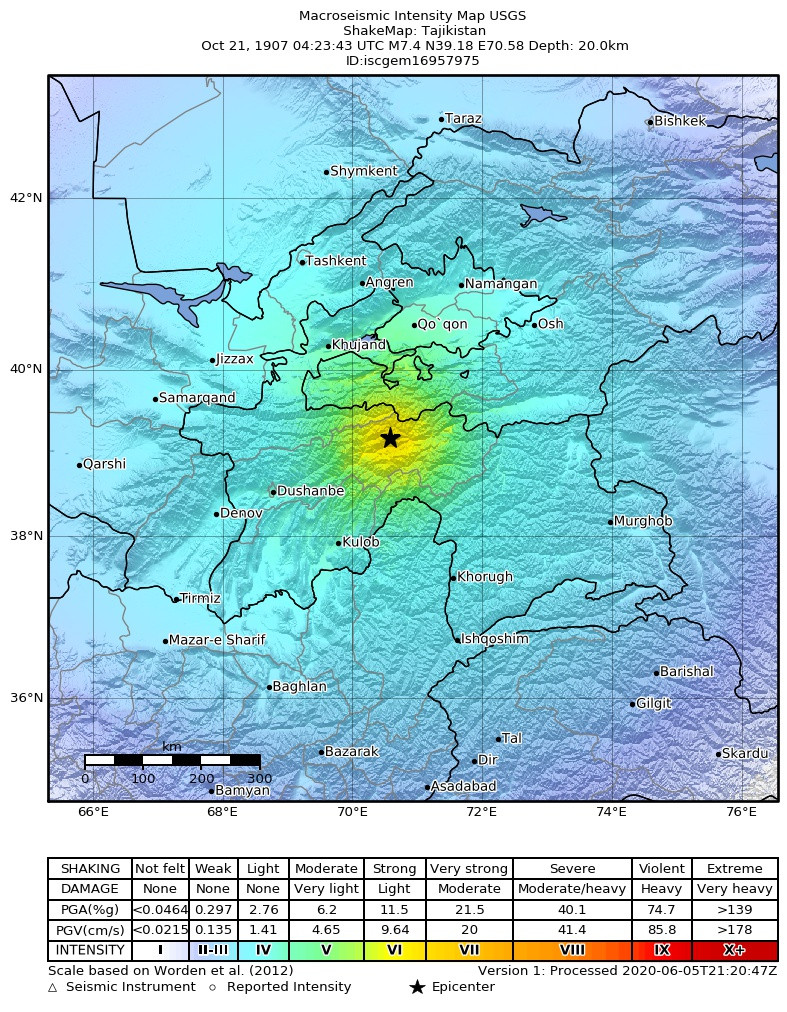
Listened to this yesterday while cooking with my Iranian partner, who has also lived in Tajikistan. Loads of fun, thanks!
Prelim M 4.7, Tajikistan-Xinjiang Border Region #earthquakehttp://geofon.gfz-potsdam.de/eqinfo/event.php?from=rss&id=gfz2024uqrn

new research reveals why killing everybody in tajikistan might not actually be a good idea
yo mom is so fat her right airpod is in tajikistan and the left one is in the us
Prelim M 4.4, Afghanistan-Tajikistan Border Region #earthquakehttp://geofon.gfz-potsdam.de/eqinfo/event.php?from=rss&id=gfz2024ukrl
